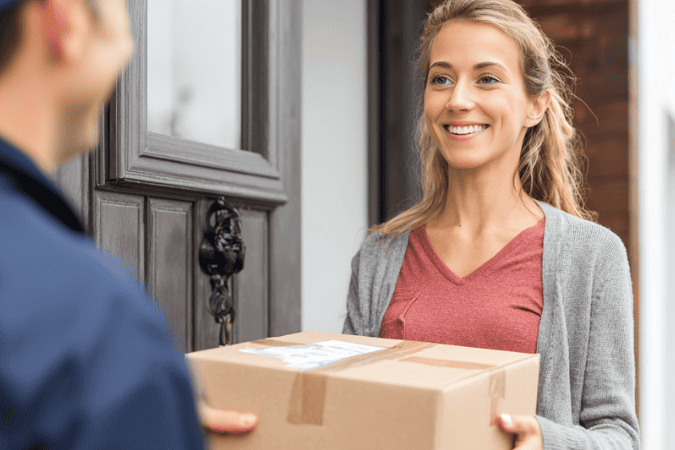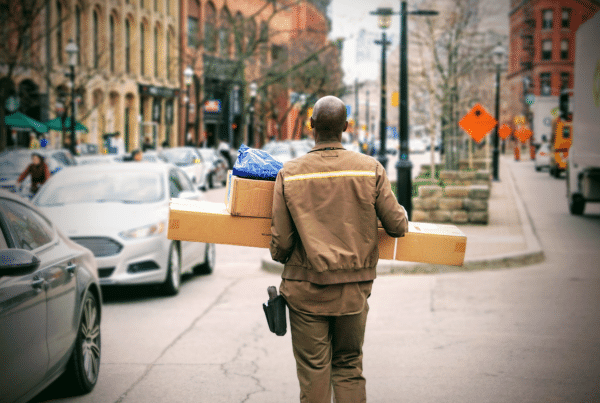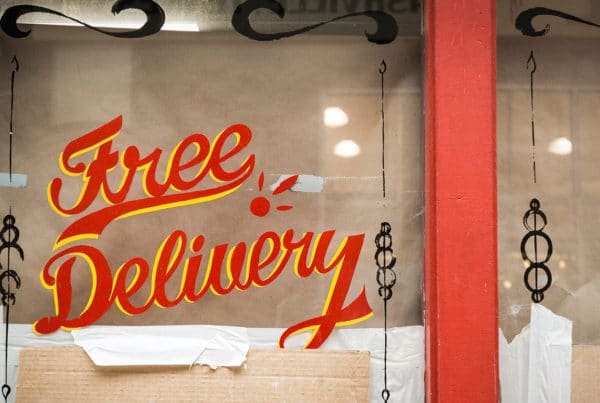Ever wonder why some shoppers breeze through checkout while others disappear without a trace? The answer often comes down to who they are and what they expect.
Curious about the differences, we asked over 8,000 consumers across 8 European markets how they shop online, and how they want to receive their parcels.
The results? Gen Z prefers lockers and instant updates, Millennials value mobile-first and clear pricing, and Boomers favor familiar and trusted options.
Keep reading to see exactly what makes each generation click, and how you can use these insights to turn casual browsers into loyal buyers.
Different generations, different behaviors: a quick snapshot
Shoppers aren’t a monolith. By age group, you’ll see different discovery channels, checkout behaviors, and delivery must-haves:
- Gen Z (18–24): Cautious first-timers. Smaller, occasional orders. Love parcel lockers and short, mobile-friendly updates. Sensitive to delivery cost and speed.
- Younger Millennials (25–34): Social-first discovery, balance cost vs. convenience, flexible on delivery (lockers, service points, evenings/weekends). Hidden fees are a dealbreaker.
- Older Millennials (35–44): Power core. Frequent purchases with larger baskets; expect friction-free checkout and smart upsells (e.g., free-shipping thresholds).
- Gen X (45–54): Marketplace loyalists who spend more per order. Prefer standard home delivery and straightforward, secure payments.
- Boomers (55+): Steady buyers, especially men; stick to marketplaces and home delivery. Prefer familiar payments and simple email tracking.
Where online shoppers hang out and check out
Shoppers don’t all walk through the same door.
According to our survey, older Millennials represent the largest demographic across all channels.
While social commerce tends to attract a younger audience, its core user base remains within Millennials (53.1% younger and older combined).
Marketplaces, however, show a more balanced distribution among older consumers, with 73.7% of users aged 35 and above.
How often they click “Buy”, and who spends big
Not all shoppers hit “buy” at the same pace.
Our data shows that older Millennials are the most active group, with 21.8% shopping monthly or more, beating both younger and older cohorts.
Close behind are Boomers at 19%, proving that older shoppers still spend regularly when you meet their needs.
At the other end of the spectrum, Gen Z lags at 13.9%, suggesting they’re more selective or budget-conscious.
Zooming out, about 29% of consumers, across all age groups, consistently avoid online purchases, representing a significant untapped segment for e-commerce. This makes it crucial for retailers to implement strategies such as first-purchase campaigns, trial offers, and trust-building initiatives to attract these new audiences.
Big spenders span a wide age range, but younger adults lead the way
Younger Millennials leads the pack, with nearly one in three spending over €500 per order. Close behind are older Millennials (≈22.6%) and Gen X (≈21.8%), showing strong purchasing power across this middle bracket. Older shoppers (55+) (≈9.6%) appear less often in this top tier but are overrepresented in the lowest spend range, typically placing orders under €50.
The checkout dealbreakers: Different generations, different concerns
Cart abandonment isn’t random; it follows clear patterns by age.
Gen Z and younger Millennials often leave because of delivery or payment concerns. For them, speed, flexibility, and “pay your way” options need to be visible before they ever hit checkout.
Moving up the age ladder, older Millennials are the most sensitive across delivery, payment, and security. They want precise delivery dates, reassurance that their payment is secure, and the ability to check out fast.
Meanwhile, for Gen X and Boomers, complexity kills the sale. Unclear checkout, or extra steps, can drive them away. This group needs a straightforward checkout, guest access, clear field labels, and returns info that’s impossible to miss.
Delivery experiences remain the main concern for all online shoppers. In fact, high delivery costs are still the number one reason shoppers leave their carts behind. Want to know more? Find out why delivery costs are a dealbreaker.
The delivery choices that seal the deal
While home delivery dominates across all ages, it’s not the only choice. Age shapes preferences, and getting those preferences right can make or break the conversion.
Let’s start with the youngest shoppers. Among Gen Z, home delivery leads (34.5%), but next-day (11.3%) and same-day (9.1%) are surprisingly popular, showing just how much they value speed.
Next up, Millennial shoppers still favor home delivery(~31%), but they also make room for next-day options (≈12%) and service point pickup (~10%). This shows a balance between convenience and cost-consciousness.
For older shoppers, Gen X and Boomers, home delivery becomes even more dominant (35–40%). They also appreciate the option to choose a delivery day (~8%), while service points remain a less common choice (10–11%).
This growing demand for options isn’t just a nice-to-have; it’s now an expectation. From same-day to lockers, shoppers want delivery on their terms, proving once again the growing demand for flexibility.
So what should you do with this insight? Keep home delivery as your default, but tailor upsells: offer speed for younger buyers, predictability for older ones, and pickup flexibility for the middle group. Weekend and evening delivery may seem niche, but they can tip the balance for busy buyers.
The tracking channels customers trust most
Email is the undisputed champion of order tracking. It’s the top choice for every age group, from Gen Z (7.18%) to Boomers (16.44%), making it the safest default for merchants.
SMS consistently takes the second spot, with the strongest uptake in older cohorts (Gen X and Millennials).
Following that, carrier tracking apps come next, with steady adoption across all ages, while WhatsApp has modest traction among Gen Z and Millennials.
Facebook Messenger and Telegram barely register, positioning them as niche channels at best.
So, what does this mean for retailers? Double down on email as your primary tracking channel, and make sure it’s polished, branded, and mobile-friendly. Use SMS for urgent updates like “out for delivery” or delays to reduce WISMO calls. And in markets where WhatsApp is part of daily life, position it as a convenient opt-in.
Get delivery wrong, and customers won’t just leave a cart. They may never come back. Our research shows that poor delivery experiences can quickly erode trust. Find out more in this article about how delivery frustrations impact repeat purchases.
What’s coming next: 3 delivery trends to watch
There’s a lot of data to unpack, but these three trends are the ones to watch if you want to stay ahead.
- Gen Z will set the pace. This generation values speed more than any other. They want fast delivery options, mobile-friendly updates, and lockers as their go-to pickup method. For merchants like you, that means speed needs to be visible at every step, with communications built for small screens.
- Out-of-home delivery is going mainstream. Service points now make up 22.2% of preferences, and lockers 17.8%. These are no longer niche, they’re becoming essential complements to home delivery. Brands that integrate these options into checkout can win both convenience seekers and cost-conscious buyers.
- Social commerce is heating up. Although still small in share (13.5%), social commerce is deeply rooted in the 25–44 age group (Gen Z and Millennials), making it ideal for discovery, especially when driven by content creators. Pair shoppable content with clear delivery promises to convert this high-intent audience.
Wrapping it all up: from data to delivery strategy
Convenience, clarity, and choice win across all ages. The more you understand who’s buying from you, the better you can tailor every part of the shopping experience, from the first click to the final delivery. Speaking each group’s language isn’t just about boosting conversions today; it’s about building loyalty that lasts.
Explore the full E‑commerce Delivery Compass 2025 here to dig deeper into the data and find even more ways to align your delivery strategy with what your customers actually want.















